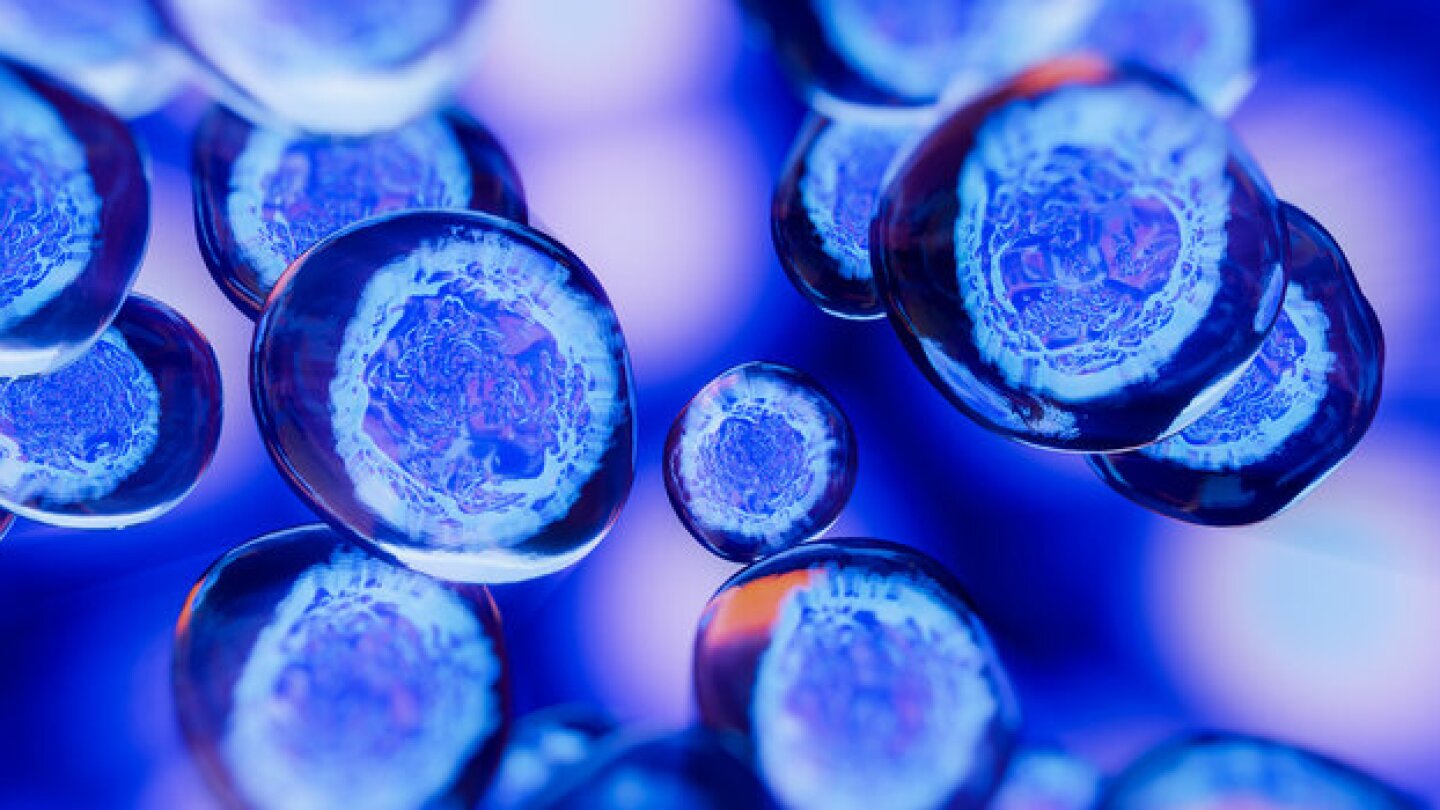Cell and Gene Therapy
THE LATEST
From ADCs and radiopharmaceuticals to cell and gene therapies, eager young startups are betting on advances in biopharma’s most competitive therapeutic spaces—and attracting dollars from Big Pharma.
Sangamo is on course to run out of money within months and has now lost access to up to $220 million in milestone payments from Pfizer.
The approval concludes what has been a difficult regulatory path for Ryoncil, which suffered FDA rejections in 2020 and 2023.
Tenaya’s share slump following the TN-201 data drop could be due to its “significantly lower” level of RNA expression in the Phase Ib/II trial than in preclinical models, according to William Blair analysts.
Bristol Myers Squibb aims to generate around $1.5 billion in savings through 2025—a goal that it hopes to reach by lowering third-party expenditures, focusing only on key growth brands and cutting some 2,200 jobs by year-end.
When hiring job candidates to work on cell and gene therapies, companies look for more than just technical skills. Talent acquisition executives from Bristol Myers Squibb and Intellia Therapeutics offer an inside look at what they want in an employee.
With nearly 90% of patients showing no detectable cancer cells after treatment, J&J and Legend’s Carvykti could stave off competition from emerging CAR T therapies such as Gilead and Arcellx’s anito-cel.
In a Type B meeting, the FDA signified that it will allow uniQure to use a natural history control, the composite Unified Huntington’s Disease Rating Scale, and neurofilament light chain levels to support the accelerated approval of its gene therapy AMT-130.
Anito-cel has shown no signs of delayed neurotoxicity at around 9 months of follow-up, hinting at a safety profile that could set it apart from J&J and Legend’s Carvykti.
Vertex unveiled long-term durability data for Casgevy, while Beam presented Phase I/II findings for its investigational base editor BEAM-101, building up to a BLA by late 2026.










